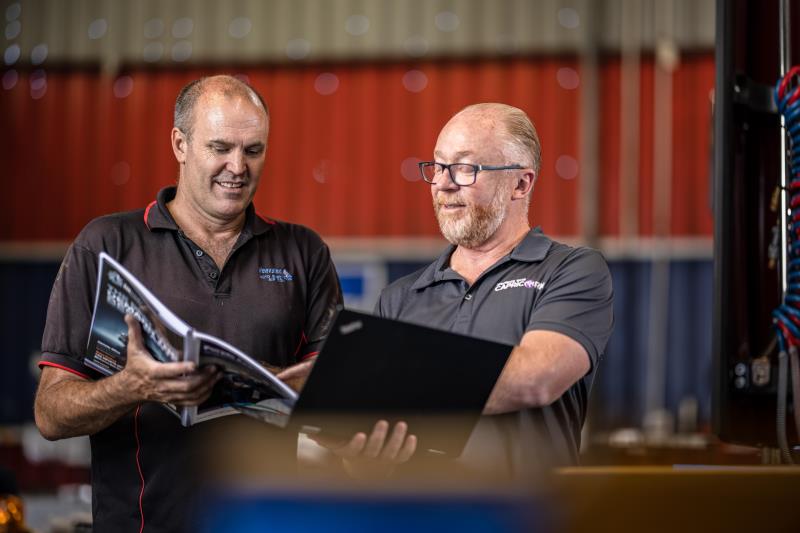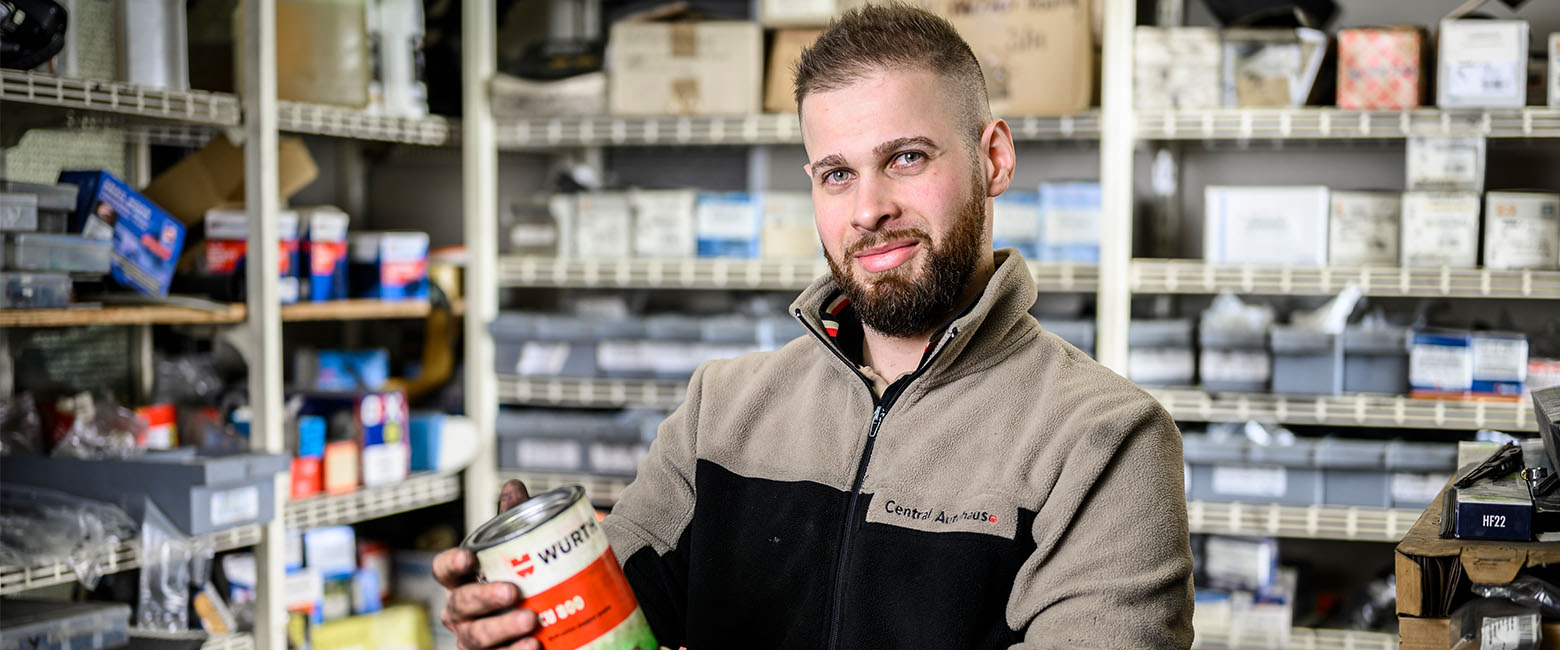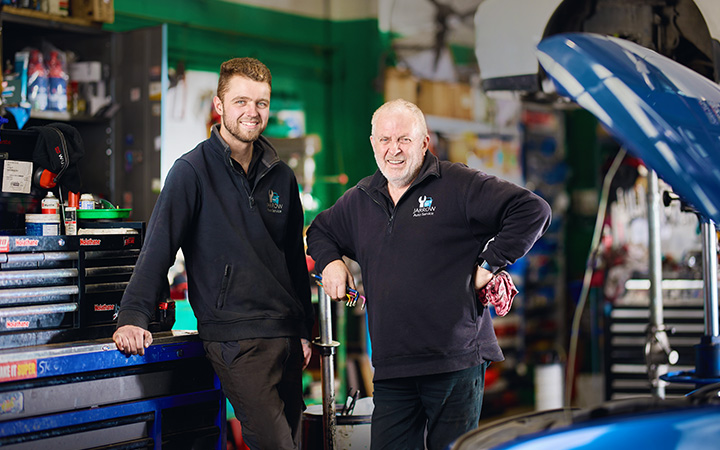If a customer supplies their own part, do you fit it?
According to Capricorn’s State of the Nation Report 2021, almost two-thirds of workshops do. Not only that, almost a quarter of us . Yet that part could have come from anywhere; it could be a cheap online import of terrible quality.
Clearly, there are risks involved in fitting customer-supplied parts. . Others charge a higher labour rate to fit it, to recoup some of the profits lost on the parts mark-up. However despite the risks, fewer than one in 10 of us are asking our customers to sign a waiver.
How to handle those tricky customer requests to install supplied parts
So, what is the best way for workshops to handle the potentially tricky issue of customers supplying their own parts? Helpfully, the Australian Automotive Aftermarket Association (AAAA) has put together a couple of fantastic (and free) resources.
The first is a guide to the risks and liabilities involved in agreeing to fit customer-supplied parts. It guides you through a range of information you seek from your customer before agreeing to fit the part, the relevant Australian Consumer Law provisions, your responsibilities if you go ahead and fit the part, and a range of recommendations if you agree to do the work.
It’s worth noting the first recommendation is to avoid fitting the part.

An important notice for your workshop and website
In fact, the second resource the AAAA has created is a notice you can stick on the wall in your reception area or put on your website, explaining that you don’t fit customer-supplied parts and why. It points out that you cannot be assured of the quality of the part, that it comes with all necessary components, that it’s the right part for the customer’s vehicle, and that the part will even fix the customer’s problem.
The notice concludes, very politely, with the words: “We will diagnose and assess the vehicle’s problem and supply you with competitively priced, high-quality parts in order to fix your vehicle. Please talk to one of our friendly staff to book an appointment with one of our qualified technicians.”
A clear policy on customer-supplied parts protects your profits
Displaying the notice clearly and adopting a firm “no installation policy” on customer-supplied parts is an excellent way to avoid those awkward conversations with customers, which might otherwise have led to you or your team installing parts you’re not sure about.
You can download both AAAA resources here:


